15 Best Things About Retro Gaming
Don't call it nostalgia. There are some things about retro gaming that are (like retro games) hard to beat.
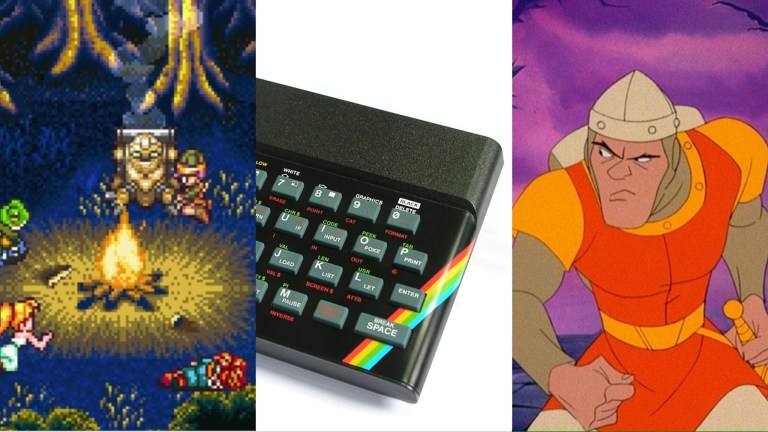
Last week, we took a look at some of the worst things about retro gaming and some of the ways we should remind ourselves that not everything was better back when. However, the fact of the matter is that I can’t be too negative about retro gaming for too long. I’m as nostalgic as anyone for gaming’s golden days, and I love celebrating all the things that made that era so special.
More importantly, there are many aspects of retro gaming that don’t require rose-tinted glasses. If it’s true that not everything was better once upon a time, then it stands to reason that it would be true that some things perhaps were. At the very least, there are numerous aspects of the retro-gaming scene that feel important and even “better” today simply because the industry has moved so far away from them for reasons that haven’t always benefited gamers.
As before, though, please note that there is a soft 20-year cutoff rule for this list. In other, words, I’m considering “retro gaming” to be anything that happened before 2004. While I will be referencing games released beyond that point from time to time, this list largely focuses on trends that were common in the industry 20+ years ago.
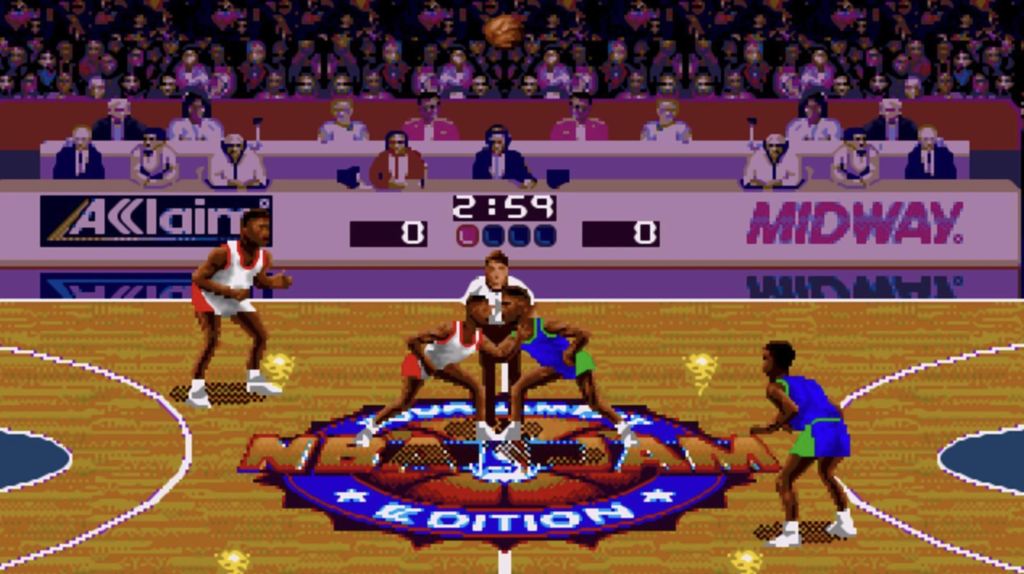
15. A Greater Variety of (Much More Interesting) Sports Games
Though admittedly something of a personal pick for this list, recent years have really made me miss what I would now consider to be the golden age of sports games.
At the very least, I miss a time when the official licenses to the biggest sports organizations in the world weren’t controlled by a few companies satisfied with churning out increasingly stale yearly installments. Granted, this is hardly a new complaint, but the lack of genuine competition in the modern sports game market is heartbreaking, frustrating, and honestly a bit ironic given the subject matter. Getting more than one NFL or MLB game a year shouldn’t feel like a distant, impossible memory.
Perhaps more importantly, I miss when sports games were encouraged (or perhaps simply allowed) to be a bit more…well, fun. From licensed spin-offs like NBA Street and NFL Blitz to wild concepts like Mutant League Football and (at the time) even Tony Hawk’s Pro Skater, sports games generally used to be significantly more ambitious and varied than they are now. Even little pleasures (like the mascot mode in NCAA Football) have vanished over the years for reasons that stopped making sense long ago.
It’s a small thing, but again, this is one of those areas of gaming that I feel has gotten objectively worse over the years for reasons that have little to do with the quality of the actual products.
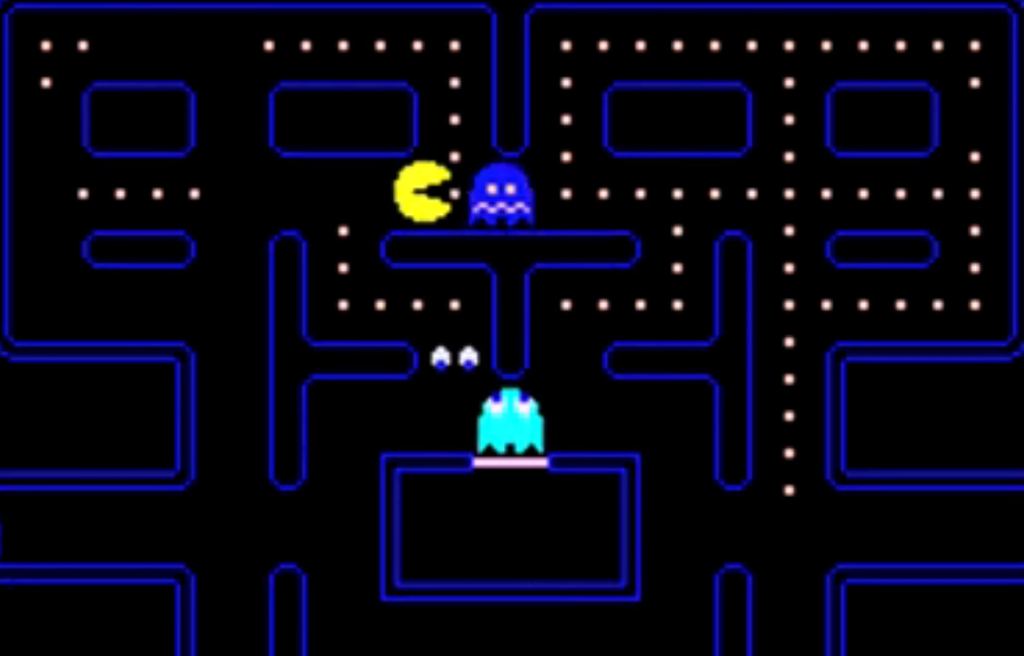
14. Arcades
Trying to talk about the virtues of the retro arcade scene is a difficult task. Either you hear the word “arcade” and instantly enjoy a nostalgia-fuelled dopamine hit, or the idea of spending a significant amount of time in a proper arcade feels like such a distant concept that it might as well have been in fashion centuries ago. The former group has already made up their minds, and the latter group has so little context to work with.
However, any discussions about the joy of arcade gaming should start with the quality of the very best arcade games. Arcade games were far from perfect (and were often designed to be frustrating), but some of the best arcade titles of the ‘80s and ‘90s have aged remarkably well compared to other retro experiences. Beat-em-ups, light gun shooters, and even 2D action titles like Metal Slug were pretty much perfected in the arcades during this era, and time has done little to improve upon those genres in significant ways.
Of course, there is also the sense of community that arcades provided. No arcade was perfect all of the time, but the best arcades offered you a place to not just simply exist in but feel like you actually belonged in. It feels silly to praise a business for instilling a sense of belonging, but at a time when fewer and fewer businesses in fewer and fewer communities are designed to instill that feeling, that aspect of arcade gaming certainly opens a particularly painful nostalgic wound.

13. The Innovations of the Dedicated PC Gaming Scene
Honestly, this is a bit of a double-edged sword. After all, I mentioned in my “worst things about retro gaming” article that PC gaming was frustratingly hard to get into back in the day. That criticism still stands, which means you must take any praise about old-school PC gaming with a slight grain of salt.
Still, I do miss aspects of the “dedicated” PC gaming scene. There was something special about an era when PCs not only offered largely unique gameplay experiences (FPS games, MMOs, adventure titles, RTS games, etc.) but helped push the boundaries of the entire medium because more developers were making exclusive games designed to take advantage of PC gaming’s unique attributes. Now, PC gamers are happy when they get a port of a console game that isn’t completely broken.
While gaming has largely benefited from the fact that some of the best elements of the old-school PC gaming scene are more widely available today, I do miss a time when that section of the industry felt a bit more unique and innovative.
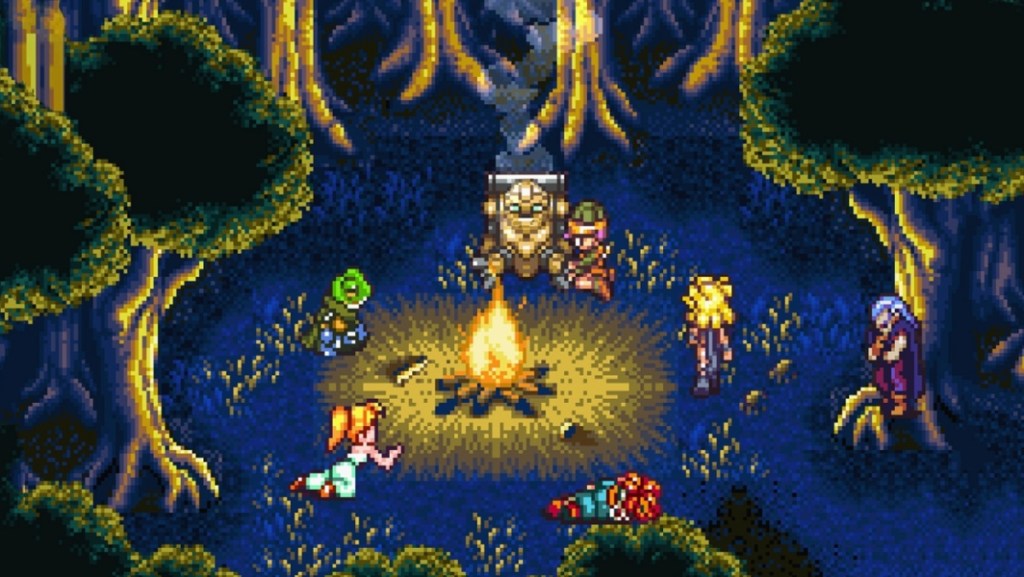
12. Exceptional Pixel Art and Graphics That Weren’t Always Going For Realism
Obviously, modern games are technically more visually impressive than most retro games. That’s just how the evolution of technology works.
However, I often find myself missing a time when “realism” wasn’t quite as popular of a graphics goal as it sometimes seems to be these days. At a time when the quality of reflections in a puddle can cause multi-day debates, it’s hard not to feel a little love for an age when bright colors, art styles, and big sprites were also a reasonable measure of a game’s beauty.
Mostly, though, I just love the art style of so many great retro games. Modern developers across all levels of the industry will occasionally still return to those 8 and 16-bit looks today and for good reason. Such styles not only feel unique to the gaming medium but they remain visually impressive and often simply joyful to look at years after more realistic titles start to feel painfully outdated.
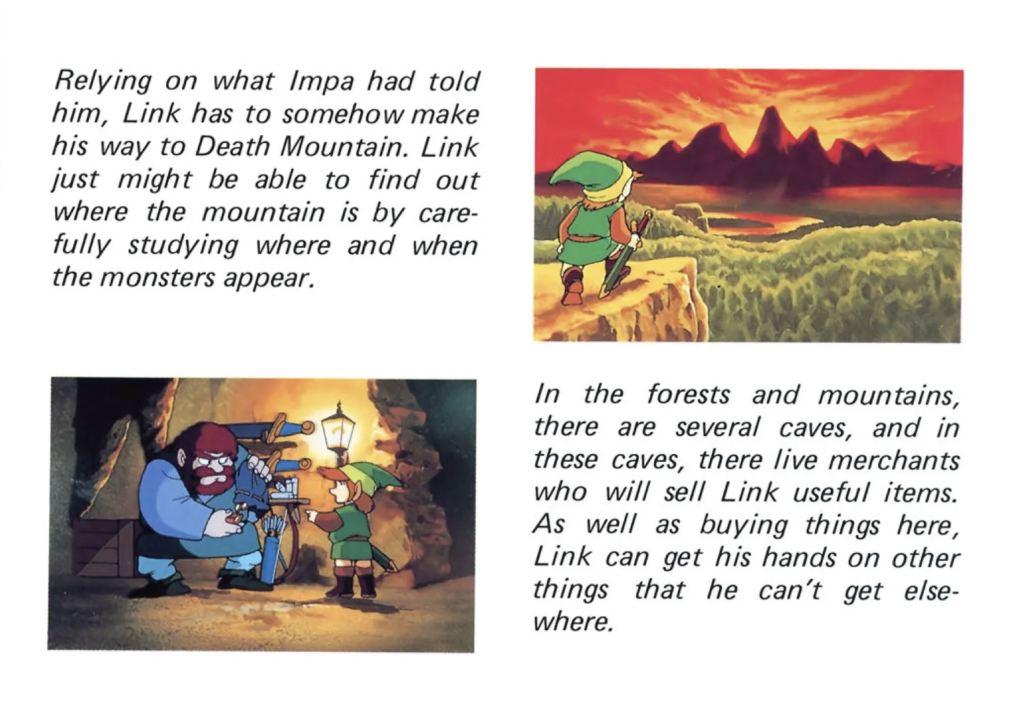
11. Instruction Manuals
It’s one of the most obvious aspects of retro gaming you can fawn over, but there is always something to be said for a time when instruction manuals were not only far more common but far more ambitious.
Though obviously intended to provide basic gameplay instructions as well as tips and tricks, many gamers best remember instruction manuals as gateways to the games they were about to enjoy. They were filled with art, lore, and sometimes even insights into the development of the game you were about to enjoy. Honestly, some of the best instruction manuals were often more entertaining and well-assembled than the games they came with.
At their best, though, instruction manuals had a harmonious relationship with the games they were attached to. One greatly enhanced the other in ways that ensured each accomplished something that the other could not. Games weren’t necessarily more special back then, but they sometimes felt like it due partially to the contributions of even the most basic instruction manuals.

10. A Proper Handheld Gaming Scene
Advanced modern handheld platforms like the Nintendo Switch and Steam Deck are generating a lot of well-deserved hype. They’re incredibly well-designed pieces of hardware that offer gamers the chance to live the once seemingly impossible dream of playing console-worthy games on the go.
Yet, I think that the death of more traditional handheld consoles has created a void that modern hardware and handheld software aren’t quite filling. The relative technical limitations of legacy handheld hardware not only inspired larger developers to come up with creative solutions that resulted in games that wouldn’t have been released for more powerful hardware; they allowed handhelds to preserve legacy entries in notable franchises (Castlevania, Mega Man, Zelda, etc.), that are still looking for a home today.
Though many modern indie developers have helped to fill the void left by the fall of the traditional handheld scene, it’s the decline in handheld game design philosophy among major developers that stings most. This is a topic that we’ll be looking at a little closer later in this list.
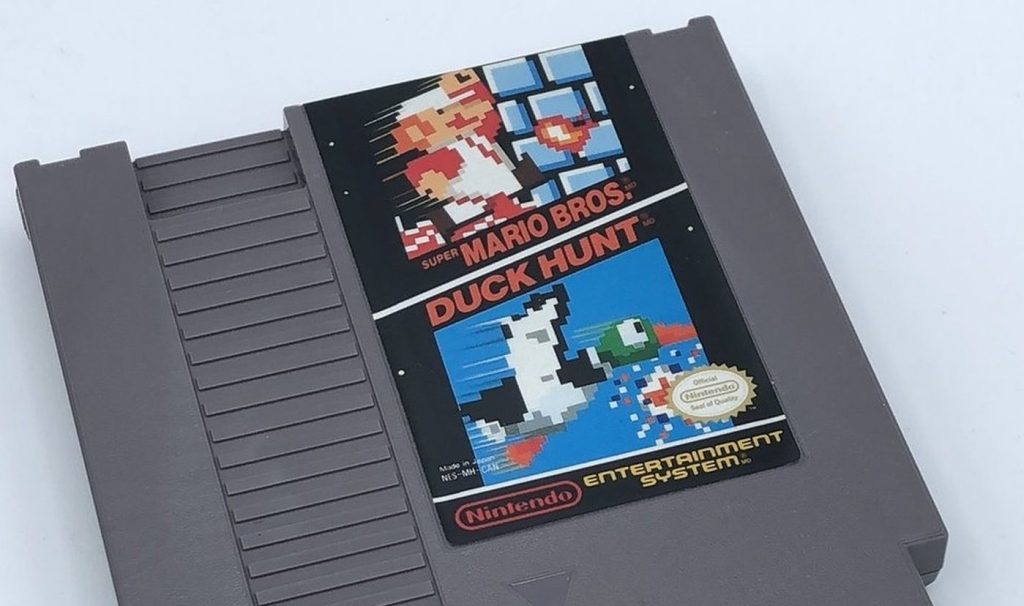
9. Being Able to Truly Own a Game
The age of digital distribution has brought us a lot of great things, but truly owning a game in the modern era remains a complicated concept. Paying for something and downloading it doesn’t necessarily mean that you’ll always be able to access it. At the very least, it’s not the guarantee that owning a physical copy of a game and the hardware to play that game once was.
Even if you can push aside the paranoia of modern digital distribution platforms failing entirely, the digital age of gaming has proven to be a real mixed bag for game preservation. There are more places than ever before to purchase games (including retro games), yet every year makes it a little more clear that numerous great games are destined to be lost despite technical innovations, best efforts, and even good intentions.
Controversies like the disappearance of the eShop from the Nintendo Switch may fade over time, but the consequences of not being able to easily access huge chunks of gaming history (and ensure the right parties profit off of it) feel like they will be with us for years to come.

8. More Cheat Codes and Unlockable Extras
Though these are really two separate points, I feel like they are united by the fact that both of these concepts have been exploited far too often in recent years.
There was a time when cheat codes would certainly help you gain an advantage in typically tough games, but retro gaming cheat codes often existed to enhance the fun factor of a game. Big heads, paintball modes, spawning tanks, playing basketball with Bill Clinton…cheat codes were meant to be explored, discovered, and enjoyed as often as they were intended to be exploited. Now, it’s not only rare to find a game that offers proper cheats, but the equivalent of some of those cheats is usually sold at inflated prices in ways that can negatively impact everyone’s experience.
A strangely similar phenomenon has impacted gaming unlockables. There was a time when you just kind of assumed that playing through a game multiple times or in a specific way would unlock certain bonuses that were intended to be a reward for your efforts. Though such unlockables still pop up from time to time, they have often been relegated to microtransactions and written off as simply being “cosmetic” because having to pay for them feels so absurd.
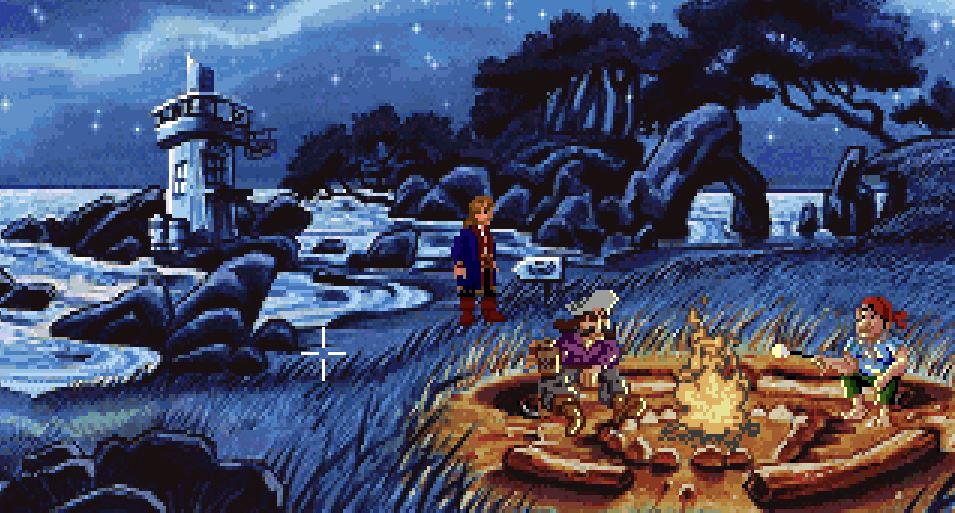
7. Ignorance of the “Meta Game” and More Chances to Figure Things Out
“Ignorance” could honestly be its own section on this list, but that feels a bit harsh. However, there is something to be said about how our collective ignorance of a title’s “meta game” encouraged us to figure things out and not stress quite so much over the supposedly right way to play.
Just ask World of Warcraft gamers. Though peak performance in raids was always an element of the WoW experience, there was a time when the majority of players were blissfully unaware of the absolute best way to do things. As such, a naturally wider variety of play styles and builds were allowed even if they weren’t entirely optimal. In the WoW Classic era, though, even lesser forms of group content are gatekept by the common knowledge that there is indeed often an absolute best way to do things (even if only by fractions of a percent).
It’s not just multiplayer games, though. The knowledge that there may be a better way to do things has crept into even largely single-player titles like Elden Ring or Baldur’s Gate 3. Suddenly, playing the way you want can feel foolish when you are constantly comparing yourself to others for no real reason. Yet, somewhere along the way, all this knowledge has often deprived us of genuinely challenging puzzles and other forms of game design that encourage us to find our own solutions through trial and error. It’s a strange time of knowing a little too much and so rarely being asked to figure things out.
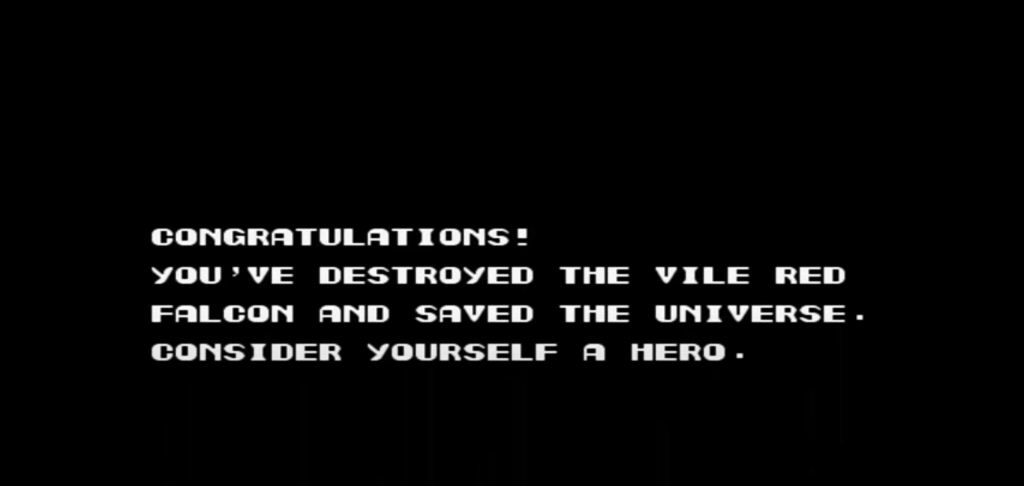
6. Shorter Games You Can Actually Beat
The fact of the matter is that paying $70 for a game comes with certain expectations. Those expectations increasingly include being able to play that game for dozens or hundreds of hours (if not indefinitely). In theory, that’s a good thing. In practice, that approach results in games that are meant to offer hundreds of hours of content rather than an experience that genuinely requires that amount of time. As a result, we too often end up with games that feel like a second job and can rarely truly be “beat.”
It’s a strange thing. The idea of beating a game was one of those gaming concepts that quickly took root in popular culture alongside high scores and “free guys.” Now, it’s almost quaint to think of a time when the goal was to actually finish a game without necessarily having to devote dozens and dozens of hours to it.
The overstuffed nature of modern games has also contributed to growing feelings of fatigue. Live service games can certainly begin to feel like a chore, but enough 35-hour-ish checklist titles in a given year can make you wonder if gaming has gone from an escape to yet another thing you’re expected to treat like a hustle in order to find enough time for it.
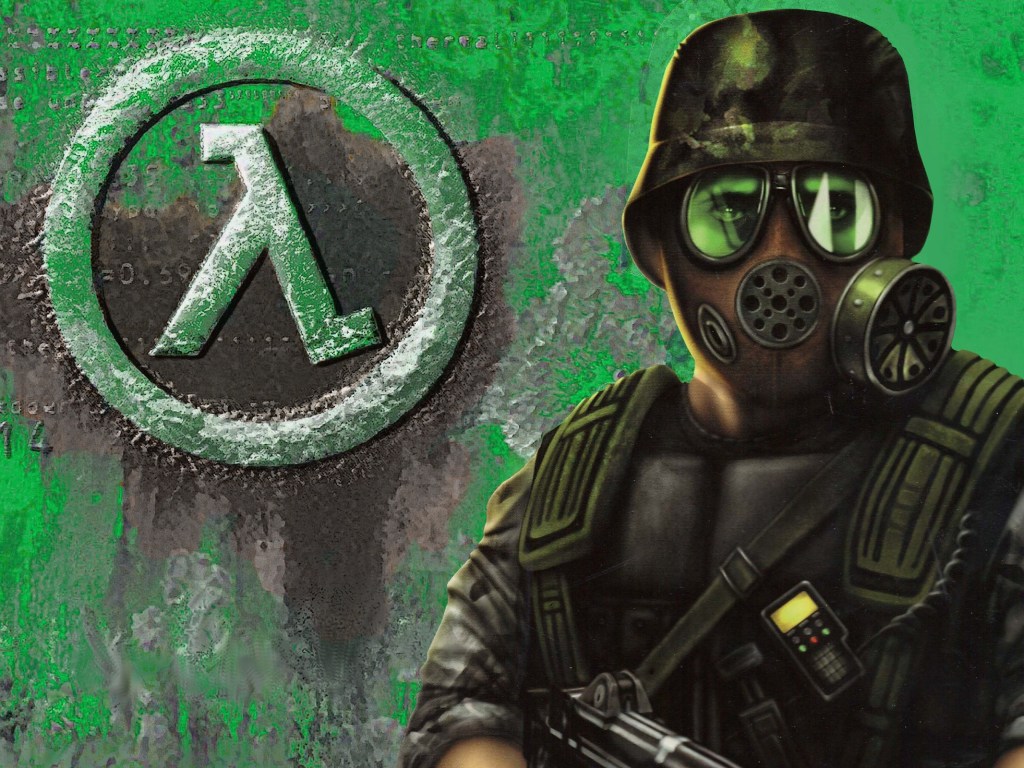
5. Massive Single-Player Expansions
This one really breaks my heart as the relative decline of this particular retro gaming concept is a fairly new concept that many hope may still change in the near future.
Even still, I really miss the glory days of proper expansion packs and other, largely single-player-focused DLC expansions. Early PC gaming expansion packs like StarCraft: Brood War, Half-Life: Opposing Force, and Diablo: Hellfire offered not just substantial new pieces of content but often entirely new design philosophies. That approach was arguably perfected in the early DLC era when expansions like Undead Nightmare, The Shivering Isles, and The Ballad of Gay Tony allowed developers to explore the limits of a game’s creative potential in ways that would have otherwise been difficult if not impossible.
The time of such expansions has seemingly been replaced by relatively modest additions to largely online titles. Though classic expansion design concepts haven’t entirely vanished, they now feel like a rare pleasure rather than a realistic expectation.

4. Fewer Games Trying To Be Movies
Even as I type this, I know this is probably my biggest “old man yells at clouds” point on this entire list. However, recent years have made it easy to feel nostalgic for a time when fewer games felt the need to look and feel like a movie.
To be clear, the “Wow, this is just like a movie” line has long been one of gaming’s biggest mainstream compliments. Traditionally cinematic presentation values in a video game have always been appealing to both hardcore gamers and those who are less experienced with the medium. Indeed, a big part of the reason why the PS1 made such a mainstream splash was that so many of its biggest games utilized enhanced, movie-like production qualities made possible by the console’s technological innovations. There is nothing inherently wrong with such experiences.
However, it’s becoming increasingly difficult to not get a little tired of major modern new releases that so enthusiastically sacrifice gameplay at the altar of production values. Though there wasn’t necessarily a perfect balance between gameplay and production that we’ve simply walked away from over the years, the pendulum has certainly swung wildly in the other direction compared to where we were at during the gameplay-focused ‘80s and early ‘90s. Gameplay isn’t necessarily the biggest initial selling point for many major modern games, and that’s a tough pill to swallow.

3. Local Multiplayer Masterpieces
This is another double-edged sword topic. After all, it’s easier than ever to simply play games with others whenever you want. Furthermore, we usually have access to a wider array of multiplayer experiences than ever before. Honestly, you can still also find quite a few worthwhile local multiplayer games with relative ease.
However, those who long for the often-cited golden age of local multiplayer experiences aren’t simply succumbing to nostalgia. The age of local and split-screen multiplayer was sometimes less about quality and quantity than it was about the culture of the concept. It was generally expected that you were going to play particular games with someone sharing a room with you. As such, titles like GoldenEye 007, WWF No Mercy, and more were designed to appeal to local multiplayer gamers instead of being treating the ability to play with people in the same room as an add-on feature.
That’s the thing about old-school local multiplayer. Yes, there were exceptional local multiplayer games back in the day, but there are exceptional local multiplayer games now. The difference was that local multiplayer experiences back then were treated as a draw rather than this weird niche that is constantly struggling to stay alive.

2. Undeniable and Exciting Advancements In Generational Hardware
In my head, I know that every recent modern console generation has been technically superior to the last generation. PS5 games look and perform better than PS4 games, and PS4 games look and perform better than PS3 games. I know that’s true, and if I ever doubt it, I can find a series of charts and breakdowns that prove beyond any doubt that is the case.
However, the difference between modern generations of hardware certainly feels smaller than, say, the gap between the NES and SNES or the PS1 and PS2. Though I can attribute elements of that feeling to pure nostalgia and selective memory, there is some hard truth to it. Photorealism is increasingly becoming the measuring stick of modern gaming graphics, and the fact of the matter is that games can only look so photorealistic.
Mostly, though, I find myself missing that undeniable “wow factor” that seemed a little more common during the retro era. Leaps between the capabilities of consoles felt undeniable, and I’d even argue that modern gaming lacks titles like Donkey Kong Country or Ocarina of Time that come along in the middle of a generation and make everyone wonder “How did they do that?” Modern gaming technology is constantly improving, but the magic of those improvements feels less substantial when we need a GPU CEO to properly explain them rather than just our eyes.

1. Bigger Studios Regularly Releasing Smaller, Riskier Games
Though there are many things I miss from the retro gaming era, the biggest detriment to modern gaming has to be the way that expanded costs and ballooning production schedules have deprived us of the joy of major developers making typically smaller and often riskier titles.
There was a time when Square Enix (then Squaresoft) was known for releasing bold and worthwhile cult classics like Vagrant Story, Parasite Eve, Front Mission, and Bushido Blade between new entries in the Final Fantasy franchise (which still came out every 2-3 years). There was a time when Rockstar would deliver games like The Warriors, Manhunt, Bully, and even Table Tennis between new Grand Theft Auto titles (which would regularly come out every 2-4 years). Hell, there was a time when Ubisoft was well-known for their willingness to regularly release some of the boldest new games in a given year in between supporting their legacy franchises. Rare on the N64, Capcom and Konami for the NES, LucasArts for the PC…I could go on.
Now, those major studios (and many more) more often focus most of their resources on increasingly rare entries in select franchises. Though some studios suffer from this issue more than others, I miss seeing some of the biggest, most talented, and most profitable studios in the industry use their good fortune to take more chances on new ideas that don’t need to be the biggest hits ever. Though a variety of (sometimes uncontrollable) factors brought us to where we are now, the sad fact of the matter is that quite a few things would need to go right and wrong to bring us closer to the way things were.
